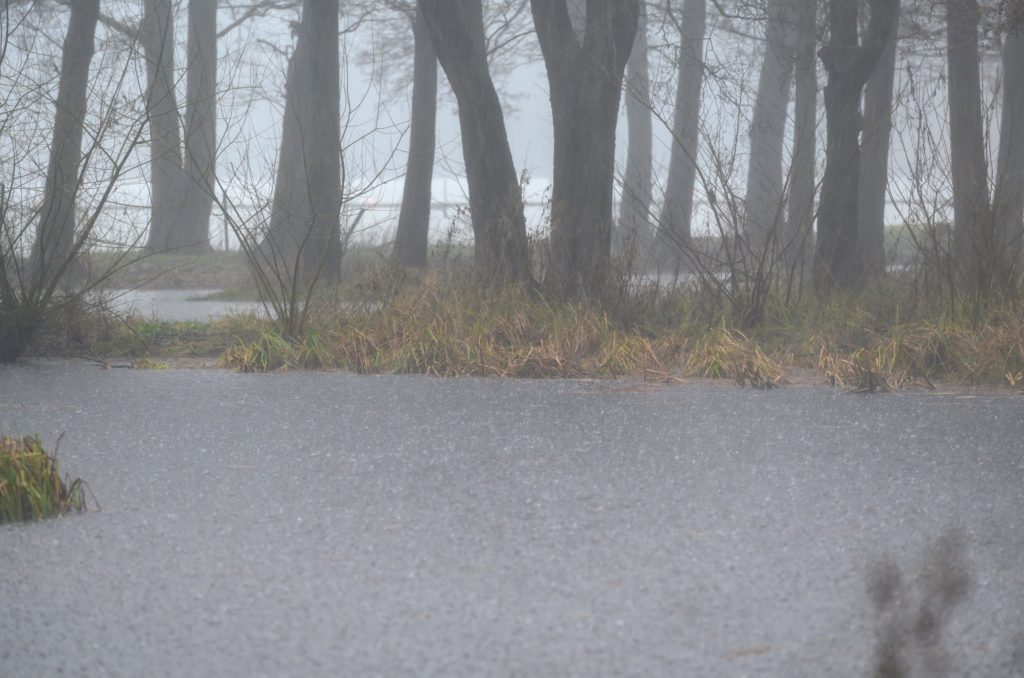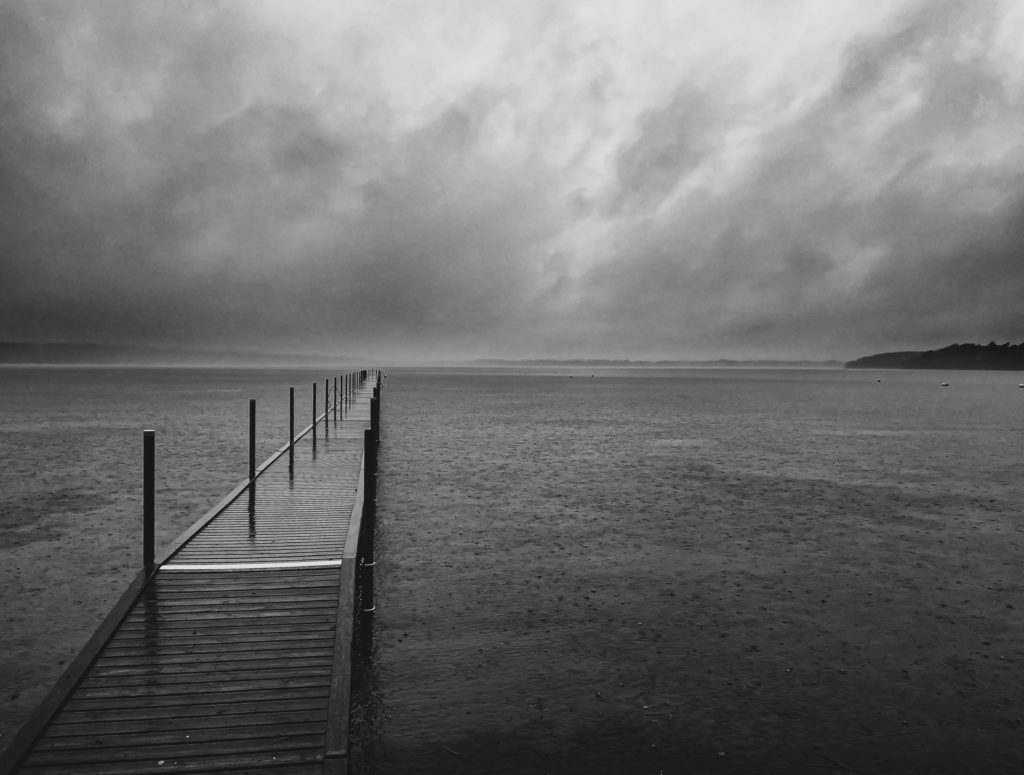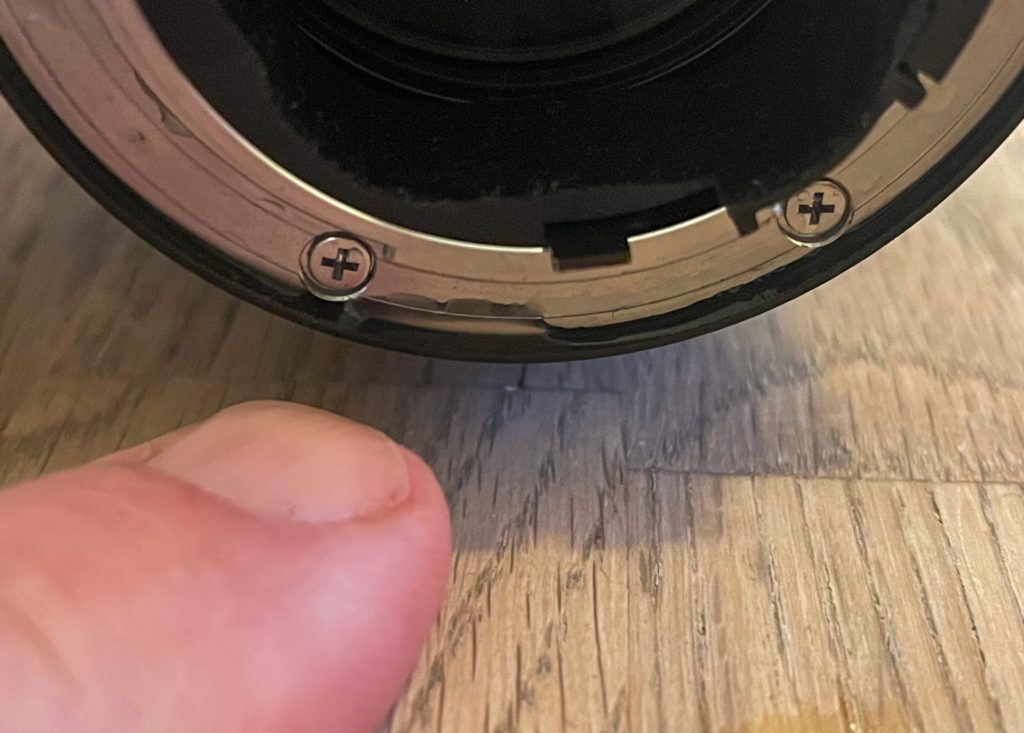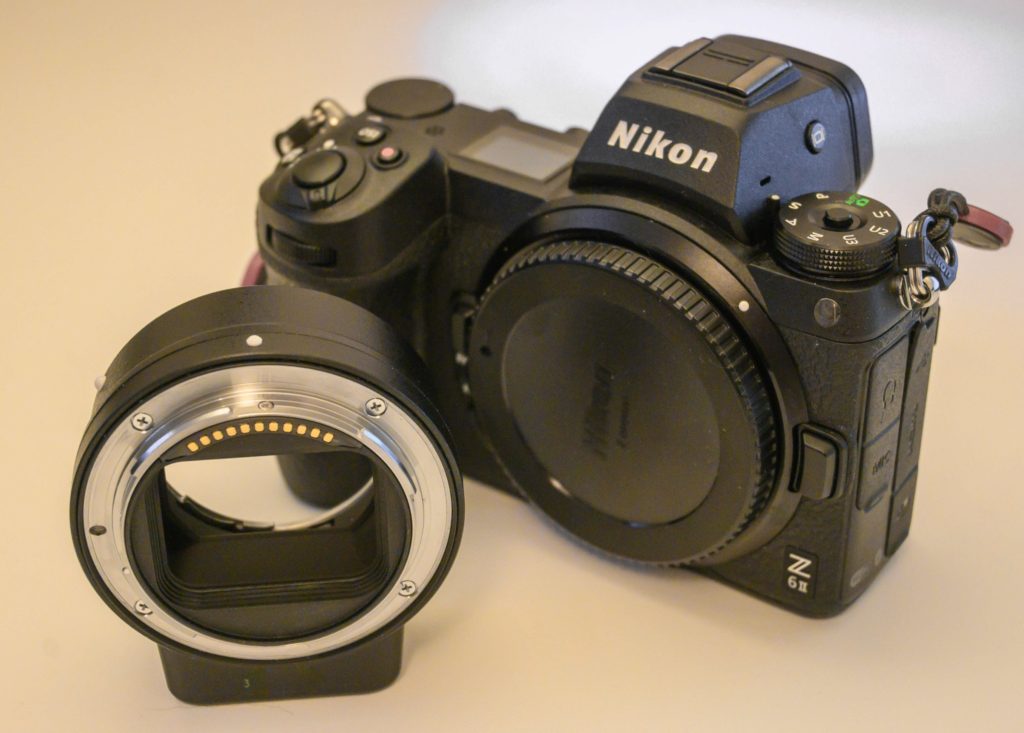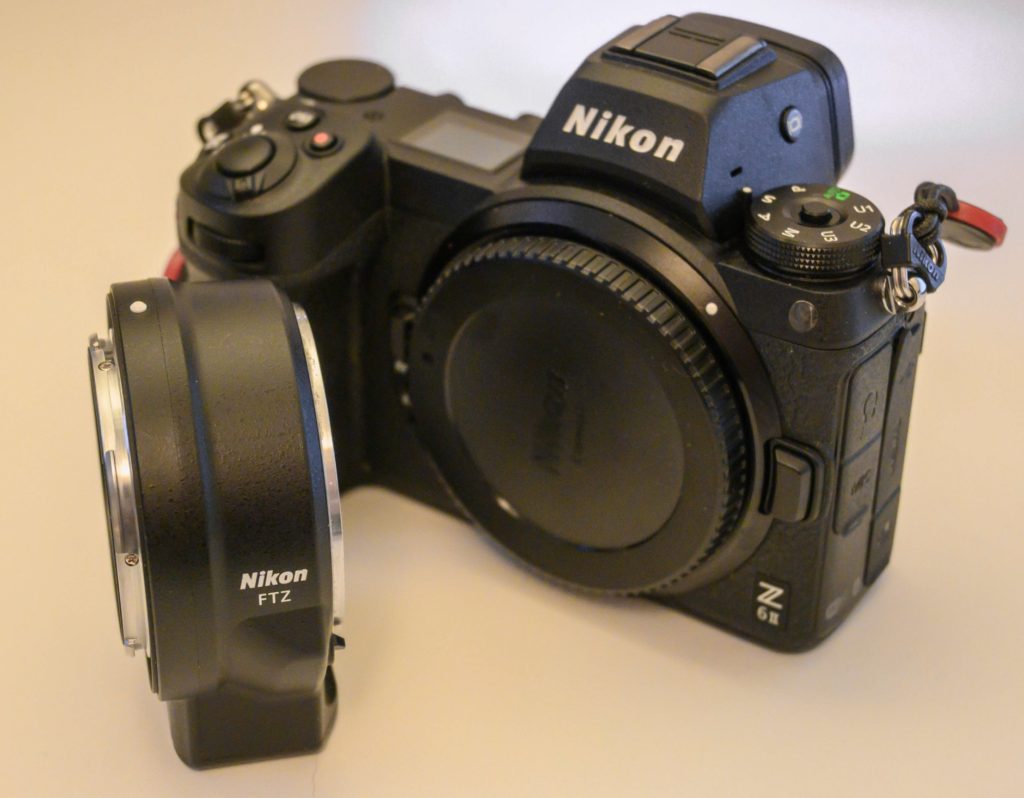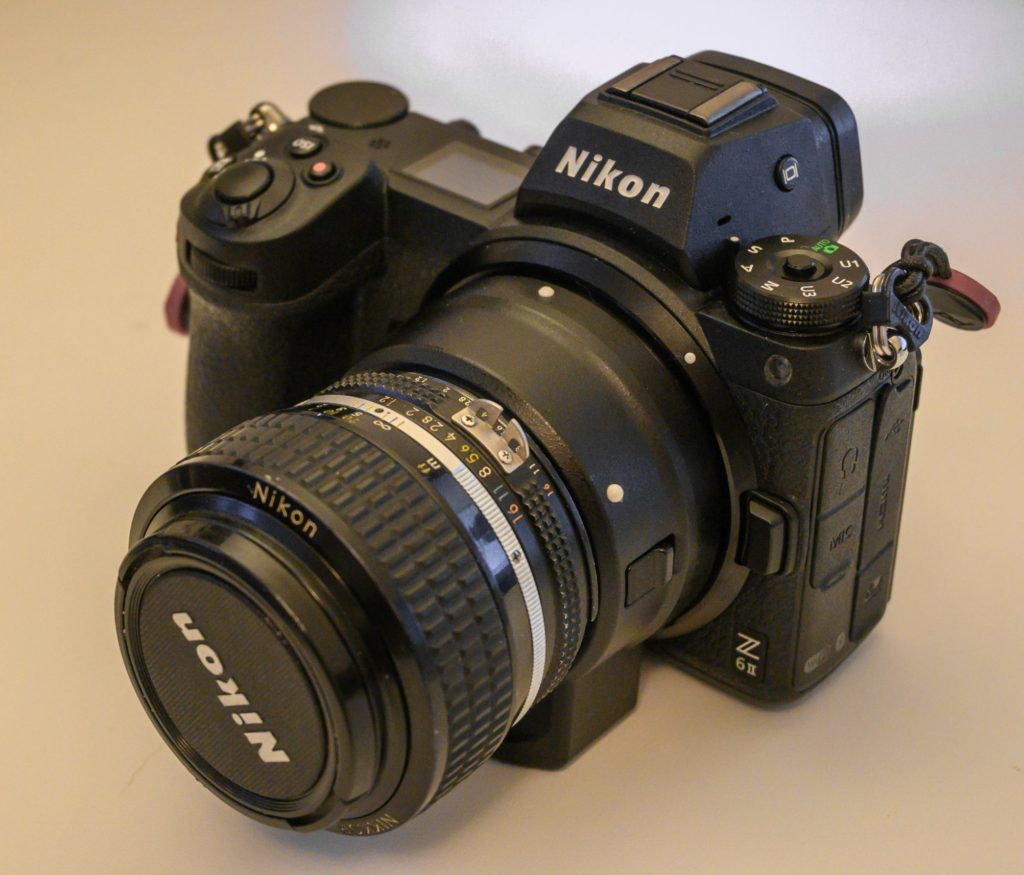Compatibility
The Viltrox adapter for Nikon Z-mount enables you to use your Nikon F-mount glass with Nikons mirrorless cameras, such as the Nikon Z6 or the Nikon Z50. It is intended to work exactly like the FTZ adapter from Nikon, making it possible for you to use your F-mount glass on a Nikon Z mirrorless camera body.
You need to study the list of compatible lenses carefully, as Viltrox do not promise to support all lenses. Selected lenses from both Nikon, Tamron and Sigma are supported according to Viltrox, but here I have only tested with Nikon lenses on my Nikon Nikon Z6ii with camera body software version 1.3.
It is my impression that Viltrox has put in an effort to make the adapter work with lenses with built in AF motors (AF-S and G), including image stabilization and obviously EXIF information. I have been shooting with the 70-200mm f/2.8 G lens extensively, and it works like a charm. I have also used it with my wide 16-35mm f/4 G ED and although I felt the AF was a tad slower than with the Nikon adapter, it also worked really well (speed of AF with a wide lens is not critical to me).
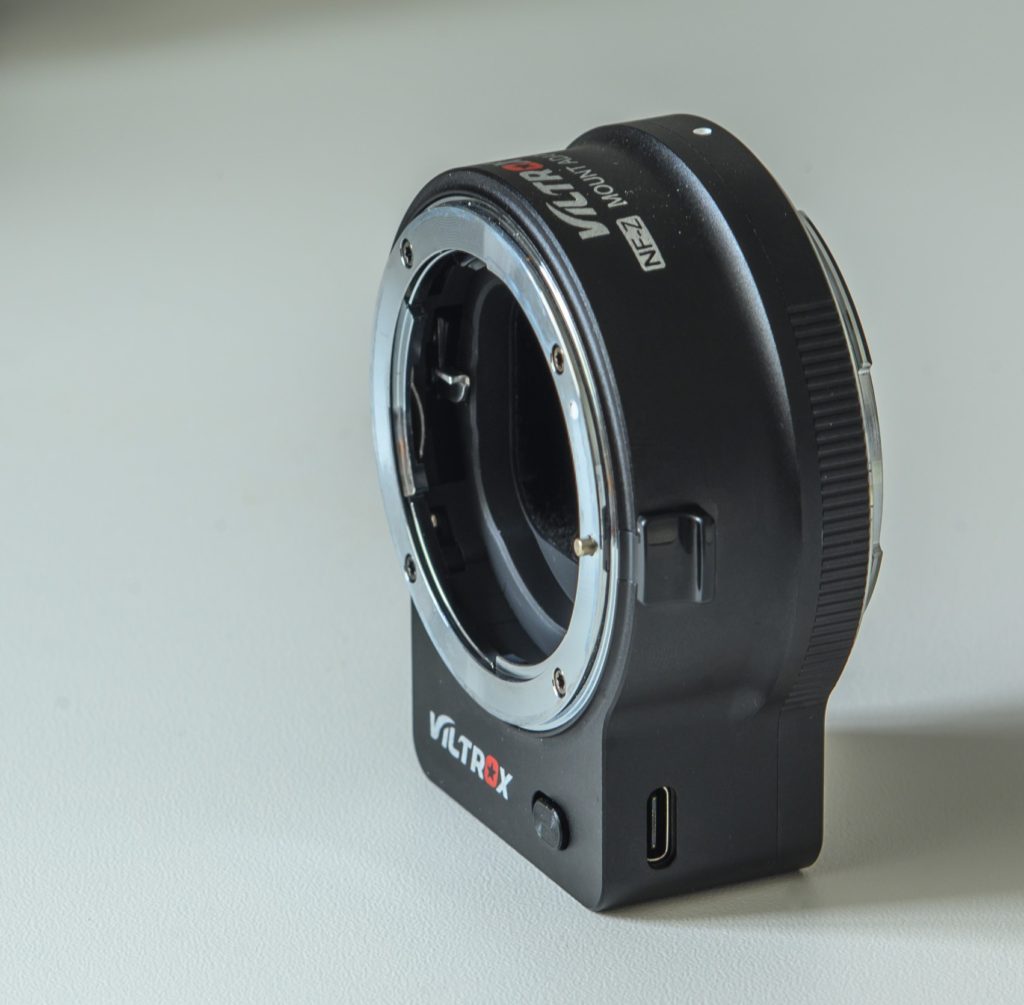
However, my older lenses seem to work less well:
- My good old 135mm AF f/2 Defocus Control lens, I could get the on-camera aperture selection to work. It was simply stuck at f/1 and did not move no matter how much I turned the front command dial. The Nikon adaptor worked fine with this lens.
- I got the “FE” message when I used my trusty 28-105mm AF zoom lens despite it being locked at the minimum aperture, but a software update from Viltrox set that straight.
So my conclusion is that the adapter from Viltrox does not have the same wide coverage as the Nikon original in terms of lenses it will work with, and that you should consult the list of compatible lenses carefully before investing.
For the AF lenses that are dependent on a AF motor in the camera body, the autofocus will not work with this adapter, as there is no motor built in. This is the same for both both the Nikon and Viltrox adapter, so no difference between original and copy here.
Build quality
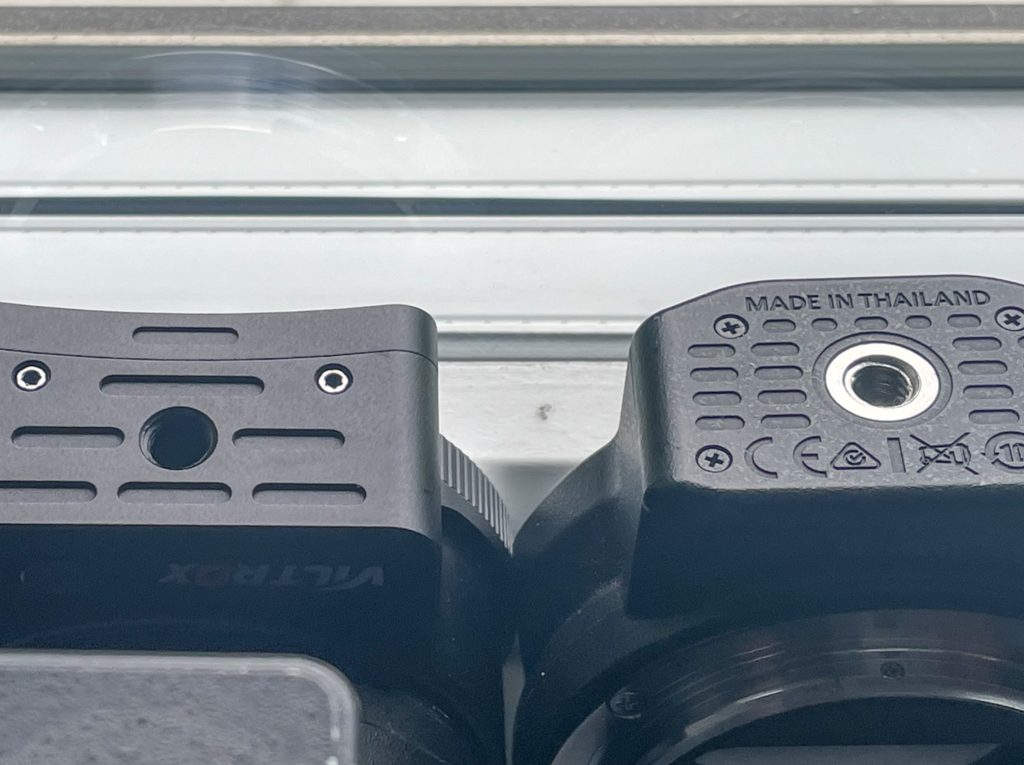
The original FTZ adapter from Nikon and the NF-Z adapter from Viltrox are very similar in built quality. The Viltrox is 146 grams and the Nikon is 131 grams. Both of them appear very solid and both of them lack a gasket towards the camera side to keep out moist and dust.
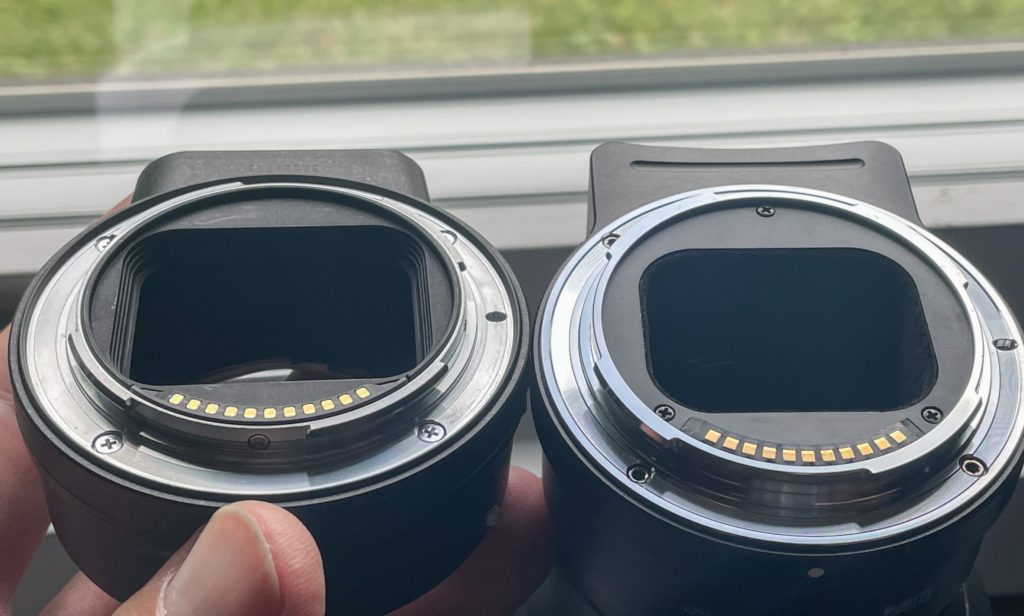
One of the big differences in terms of appearance is that the Viltrox adapter has a USB-C connector, which enables you to install new software updates in case Nikon releases new software for their camera bodies or lenses, that the Viltrox software needs to adapt to. Also, the Viltrox adapter has a button prepared for future use – right now I don’t think it has a function. So the Viltrox adapter is pretty well equipped to deal with future changes, provided of course that they will continue to develop the software for the adapter.
Price
As far as I can tell, the Viltrox adapter does not do anything more than the Nikon original adapter. In fact it does a little less, as the range of supported lenses is less. However, where the difference kicks in is the price. I will not quote prices as inflation is crazy this day and age, but he Viltrox is easily 30% cheaper than the Nikon original. And for the lenses supported by the spec sheet most likely does exactly the same as the Nikon original. And to me the build quality seem to be on par with the original Nikon. Add to this the fact that the FTZ mark 1 adapter has been difficult to get from new since the release of the FTZ mark 2, then you start so see why the adapter from Viltrox starts to be interesting.
Conclusion
The Viltrox adapter to me seems to be very close to the original from Nikon. The build quality is very much the same and the adapter seems to work well to provide auto focus, image stabilization and all the modern features that say a G-series lens support. And then the price is significantly lower – 30% or more.
So what not to like? Well, I would recommend that you study the spec sheet to see if the lenses that you plan to use with this adapter is covered. It may not be the case. After all, Viltrox are reverse engineering the software to behave like the Nikon equivalent without Nikon providing an open source or insight to the inner workings of the adapter. So it will probably be so that the lenses and camera bodies supported are less than the original. But then again, if all your lenses are supported, then this may not be important to you and the price differences is worth a serious consideration.
Continue reading “Review: Viltrox adapter for Nikon Z mount”

